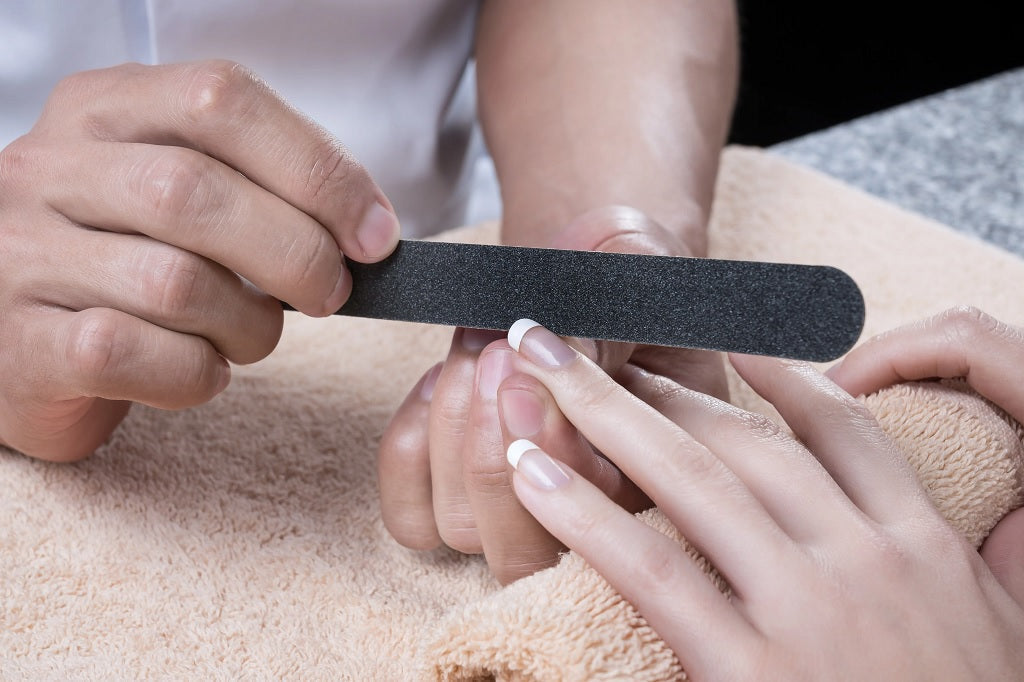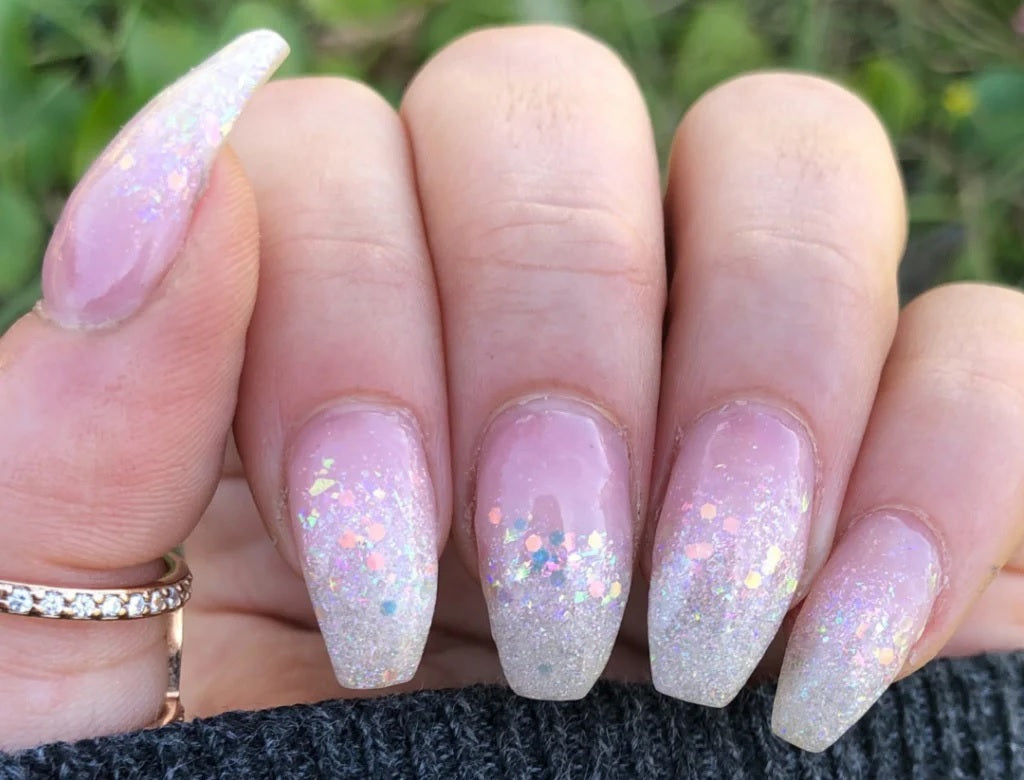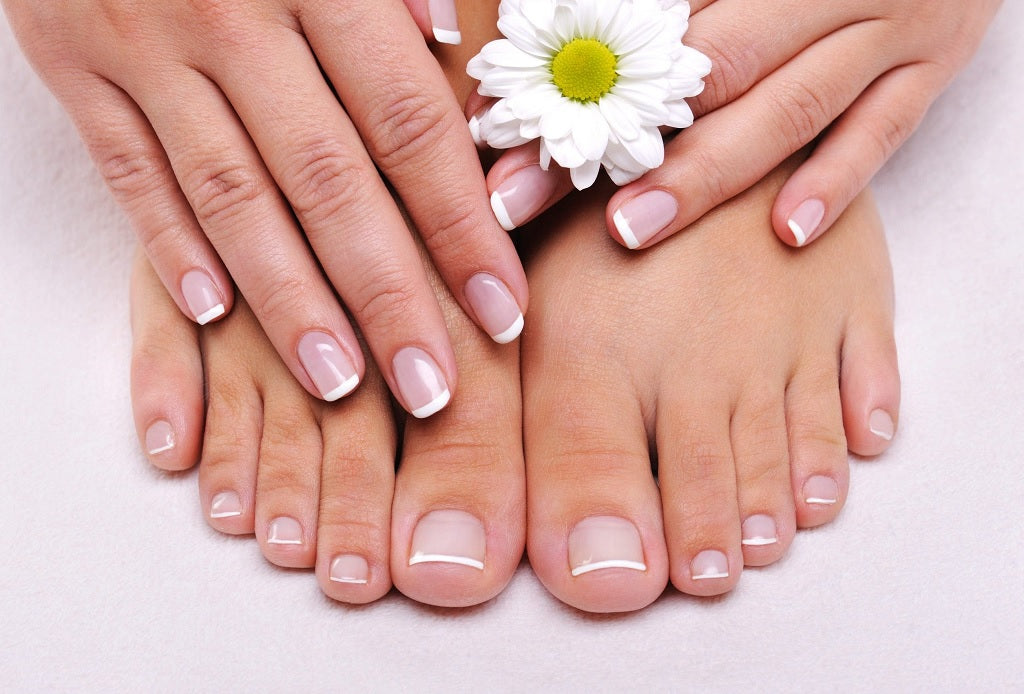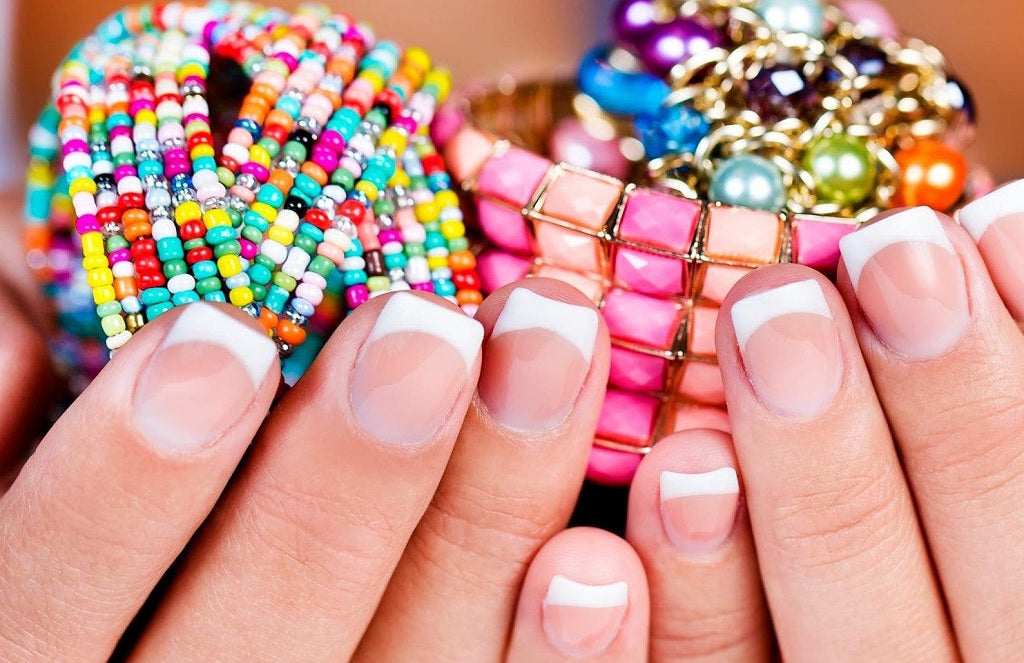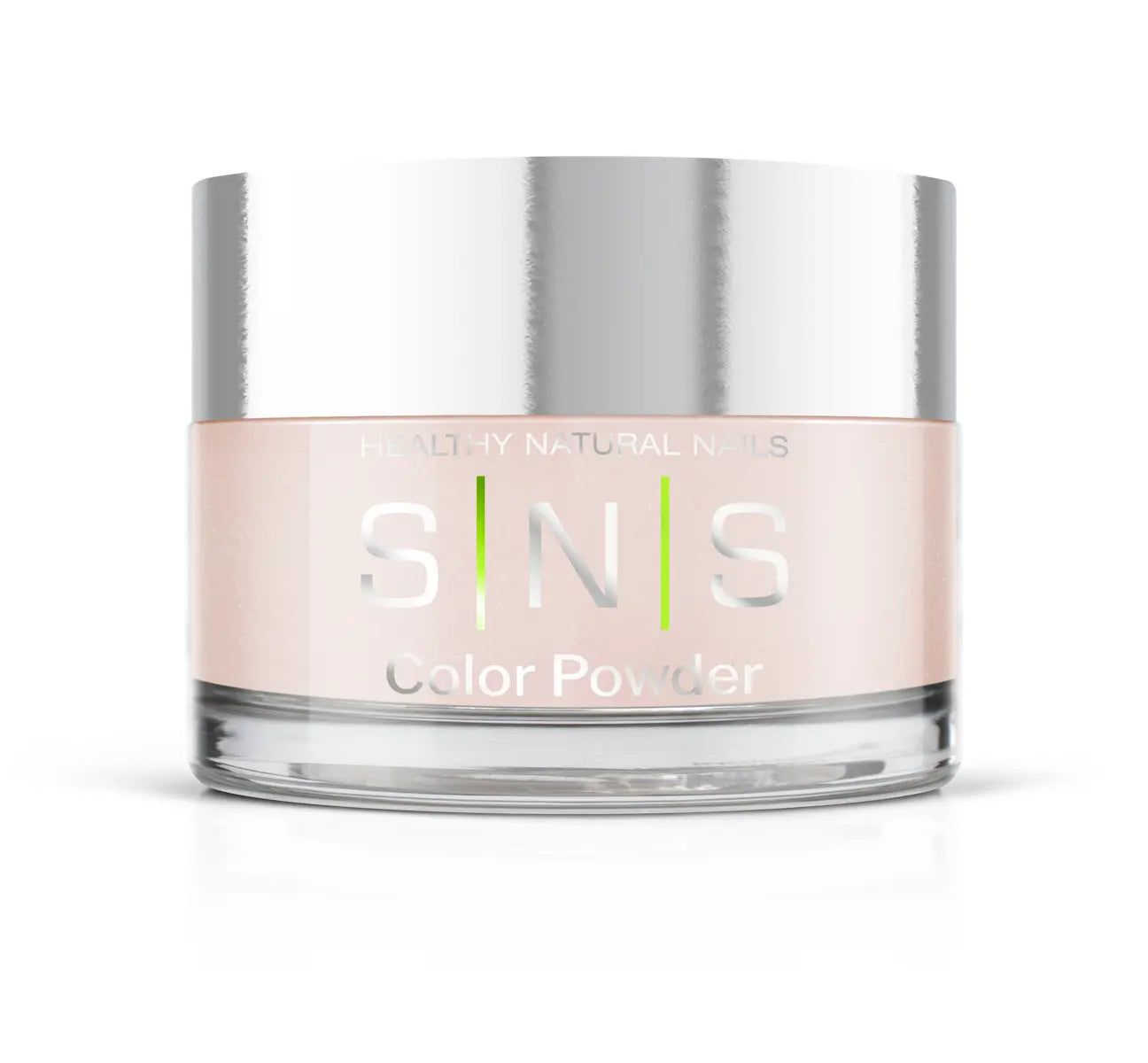If you regularly scroll TikTok or Instagram, you’ve probably heard of the latest manicure technique BIAB (Builder in a Bottle.) The trending 'builder' method is making waves in the manicure scene, hailed as a healthier option compared to acrylics, with an extra dose of shine. Emerging as a top nail trend for 2024, BIAB offers a strengthening treatment that can be customized with anything from understated neutrals to dazzling nail art. Not only is it more durable, it's also gentler on your natural nails than other manicure options, but how does it compare to dip powder? BIAB and dip powder manicures are both popular nail enhancement techniques, but they have some differences in terms of application, appearance, and maintenance. Let's compare the two:
Application process:
- BIAB: As described earlier, BIAB involves the application of a builder gel directly onto the natural nails. The gel is cured under a UV or LED lamp between each layer to harden and strengthen the nails. BIAB doesn’t require removal each time; you can get infills every 3-4 weeks.
- Dip powder: Dip powder manicures involve a multi-step process where a base coat is applied to the nails, followed by dipping them into a colored powder. Afterward, an activator is applied to harden the powder, and then the nails are buffed and sealed with a top coat.
Appearance:
- BIAB: BIAB manicures typically have a glossy finish similar to traditional gel manicures. They can be clear or colored and can be shaped and finished to the desired look. Because BIAB can be infilled, it has the potential to get thick or bulky after some time.
- Dip powder: Dip powder manicures can have a matte or glossy finish, depending on the chosen top coat. The powder comes in various colors and finishes, including glitter and shimmer.
Durability:
- BIAB: BIAB manicures are known for their durability and strength. They can last several weeks without chipping or lifting, especially when properly applied and maintained.
- Dip powder: Dip powder manicures are also durable and resistant to chipping when applied correctly. They typically last around two to four weeks, depending on the individual's nail growth and maintenance.
Removal process:
- BIAB: BIAB manicures require soaking in acetone to remove the gel layers from the nails. This process can take longer compared to removing traditional gel polish. However, BIAB can be filled every 3-4 weeks so it doesn’t need to be removed every visit.
- Dip powder: Dip powder manicures can be removed by soaking the nails in acetone or by using a wrap or foil method. The removal process may vary depending on the thickness of the powder layers
Health:
- BIAB: BIAB typically involves the application of a builder gel directly onto the natural nails. The composition of builder gels can vary, but they are generally formulated to be gentle on the nails while providing strength and reinforcement. However, some builder gels may still contain ingredients like acrylates, which can cause sensitivity or allergic reactions in some individuals. In addition, like traditional gel manicures, BIAB requires curing under a UV or LED lamp to harden the gel layers. While this exposure is generally considered safe in moderation, prolonged or excessive exposure to UV light may increase the risk of skin damage or premature aging
- Dip powder: Dip powder manicures involve the application of a base coat, dipping the nails into colored powder, and sealing with an activator and top coat. Unlike gel manicures, dip powder does not require curing under UV or LED lamps, eliminating the risk of UV exposure during application. High-quality brands like SNS provide non-toxic products formulated with nutrient-rich ingredients that actually make your nails healthier with each and every application.
Ultimately, the choice between BIAB and dip powder manicures comes down to personal preference, desired appearance, and lifestyle. Both techniques offer durable and long-lasting results, so it's essential to consider factors such as application process, maintenance, and removal when deciding which one is right for you.


